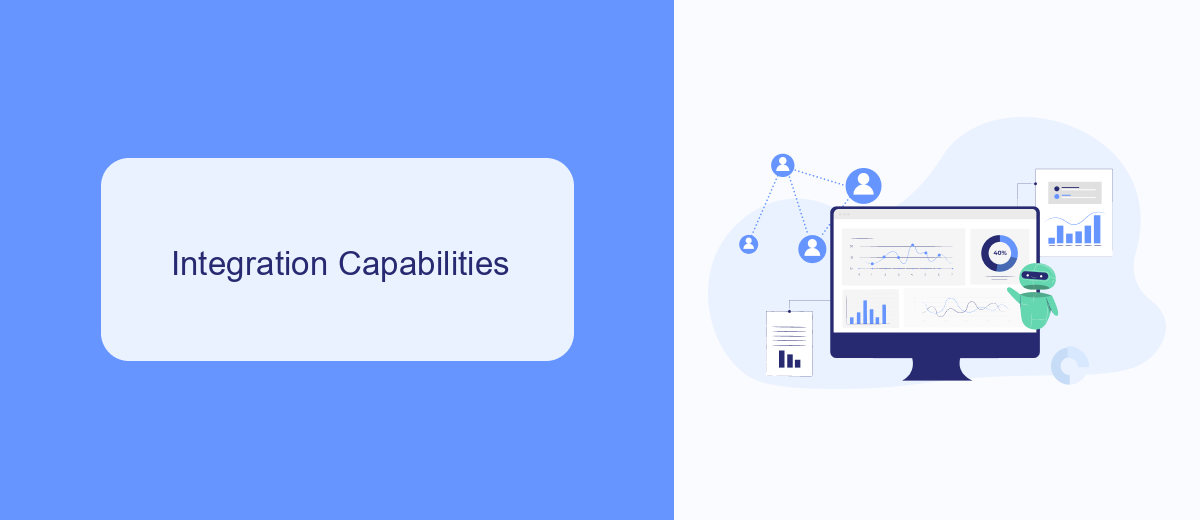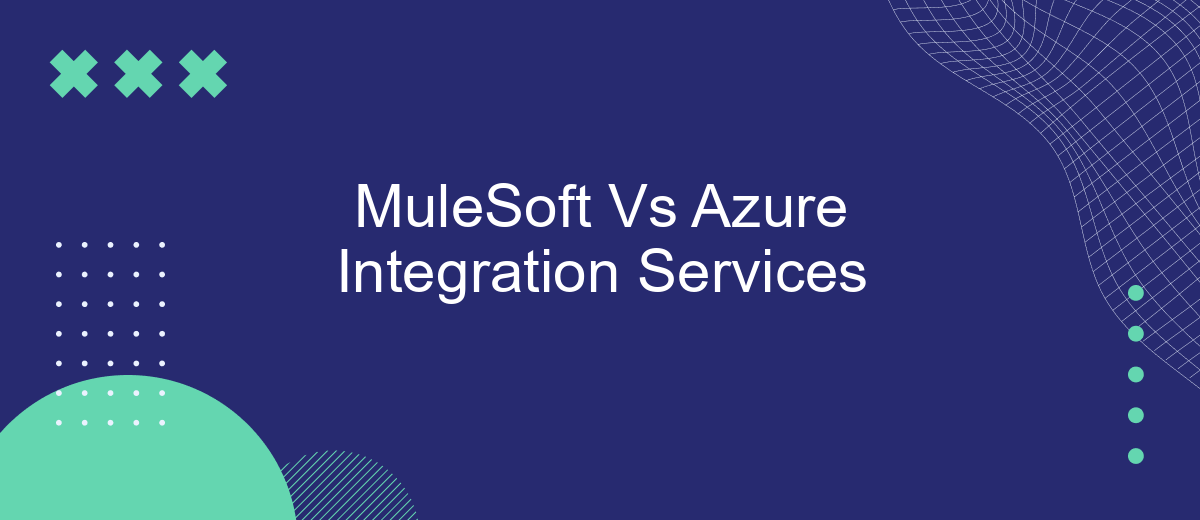In today's rapidly evolving digital landscape, businesses are increasingly relying on integration platforms to streamline their operations and enhance connectivity. This article compares MuleSoft and Azure Integration Services, two leading solutions in the integration space. By examining their features, capabilities, and use cases, we aim to provide insights that will help organizations choose the right platform for their specific needs.
Introduction
In today's rapidly evolving digital landscape, businesses are increasingly reliant on integration services to streamline their operations and enhance productivity. Two prominent players in this domain are MuleSoft and Azure Integration Services, each offering unique capabilities and advantages. Understanding the differences between these platforms can help organizations make informed decisions that align with their specific needs and goals.
- MuleSoft: Known for its robust API management and integration capabilities.
- Azure Integration Services: Offers a comprehensive suite of tools within the Microsoft Azure ecosystem.
- SaveMyLeads: Simplifies the process of connecting various applications and automating workflows.
Choosing the right integration service is crucial for optimizing business processes and achieving seamless connectivity across different systems. While MuleSoft excels in API management, Azure Integration Services provides a versatile environment for cloud-based integrations. Additionally, tools like SaveMyLeads can further simplify the integration process, making it easier for businesses to connect their applications and automate tasks without extensive technical expertise.
Integration Capabilities

MuleSoft offers a comprehensive suite of integration capabilities that cater to a wide range of business needs. It provides a robust API-led connectivity approach, allowing businesses to integrate applications, data, and devices seamlessly. MuleSoft's Anypoint Platform enables users to design, build, and manage APIs and integrations with ease, leveraging pre-built connectors and templates to accelerate the integration process. Additionally, the platform supports both on-premises and cloud deployments, providing flexibility and scalability for various integration scenarios.
Azure Integration Services, on the other hand, offers a set of cloud-based services that facilitate seamless integration across different systems and applications. Azure Logic Apps, Service Bus, and Event Grid work together to provide a powerful integration framework. These services enable users to automate workflows, manage messaging between applications, and handle event-driven architectures efficiently. For businesses looking to streamline their integration processes, tools like SaveMyLeads can be valuable. SaveMyLeads simplifies the integration of various platforms by automating lead data transfer, ensuring that businesses can focus on their core activities while maintaining seamless data flow.
Pricing

When comparing MuleSoft and Azure Integration Services in terms of pricing, it's important to consider the different pricing models and what each service offers. MuleSoft typically charges based on the number of APIs and integrations, as well as the volume of data processed. Azure Integration Services, on the other hand, employs a consumption-based pricing model, where you pay for the resources you use, such as Logic Apps, API Management, and Service Bus.
- MuleSoft: Charges are based on API calls, data volume, and the number of integrations.
- Azure Integration Services: Employs a pay-as-you-go model, charging for individual services like Logic Apps and API Management.
Both platforms offer scalable solutions that can be tailored to your specific business needs. Additionally, services like SaveMyLeads can help automate and streamline integrations, potentially reducing costs and complexity associated with managing multiple APIs and data sources.
Ease of Use and Deployment

When it comes to ease of use and deployment, both MuleSoft and Azure Integration Services offer robust solutions, but they cater to different user needs. MuleSoft provides a comprehensive integration platform that is known for its user-friendly interface and extensive documentation. It is designed to be accessible for both developers and non-developers, making it a versatile choice for various business sizes.
Azure Integration Services, on the other hand, is deeply integrated with the Microsoft ecosystem, which can be a significant advantage for organizations already using Microsoft products. It offers a seamless experience for deploying and managing integrations within the Azure cloud environment. However, it may require a steeper learning curve for those unfamiliar with Azure tools.
- MuleSoft: User-friendly interface, extensive documentation, accessible for non-developers.
- Azure Integration Services: Seamless Microsoft ecosystem integration, powerful cloud capabilities, steeper learning curve.
For businesses looking for an efficient way to set up integrations, tools like SaveMyLeads can simplify the process. SaveMyLeads allows for quick and easy integration setup without the need for extensive technical knowledge, making it an excellent complement to both MuleSoft and Azure Integration Services.
Conclusion
In conclusion, both MuleSoft and Azure Integration Services offer robust solutions for enterprise integration needs. MuleSoft stands out with its comprehensive Anypoint Platform, which provides extensive API management and a wide range of connectors, making it suitable for complex, large-scale integrations. On the other hand, Azure Integration Services excels in its seamless integration with other Microsoft products and services, offering a cost-effective and scalable solution for businesses already invested in the Azure ecosystem.
When choosing between these two platforms, it is essential to consider your specific business requirements, existing infrastructure, and long-term integration goals. For those looking for a more simplified approach to integration, services like SaveMyLeads can also be a valuable addition, offering easy-to-use tools for automating lead management and other business processes. Ultimately, the right choice will depend on the unique needs and strategic direction of your organization.
- Automate the work with leads from the Facebook advertising account
- Empower with integrations and instant transfer of leads
- Don't spend money on developers or integrators
- Save time by automating routine tasks
FAQ
What are the primary differences between MuleSoft and Azure Integration Services?
Which is more cost-effective: MuleSoft or Azure Integration Services?
How do MuleSoft and Azure Integration Services handle API management?
Can both MuleSoft and Azure Integration Services be used for real-time data integration?
Are there any automation tools that can simplify integration tasks for either platform?
SaveMyLeads is a simple and effective service that will help you automate routine tasks and optimize business processes. Stop wasting time uploading leads from Facebook manually – you can do it automatically, saving a lot of time and money. Eliminate routine from workflows and achieve more with minimal investment of money, effort and human resources.

